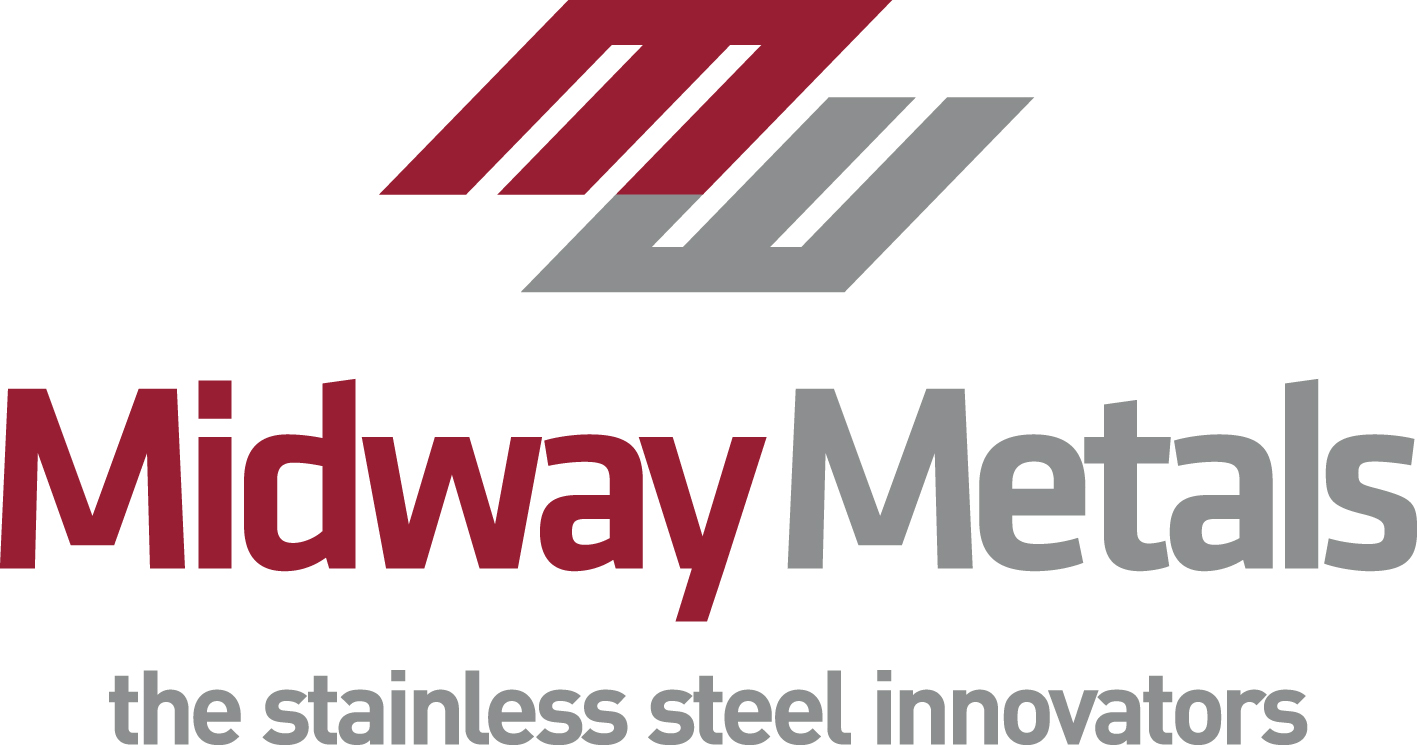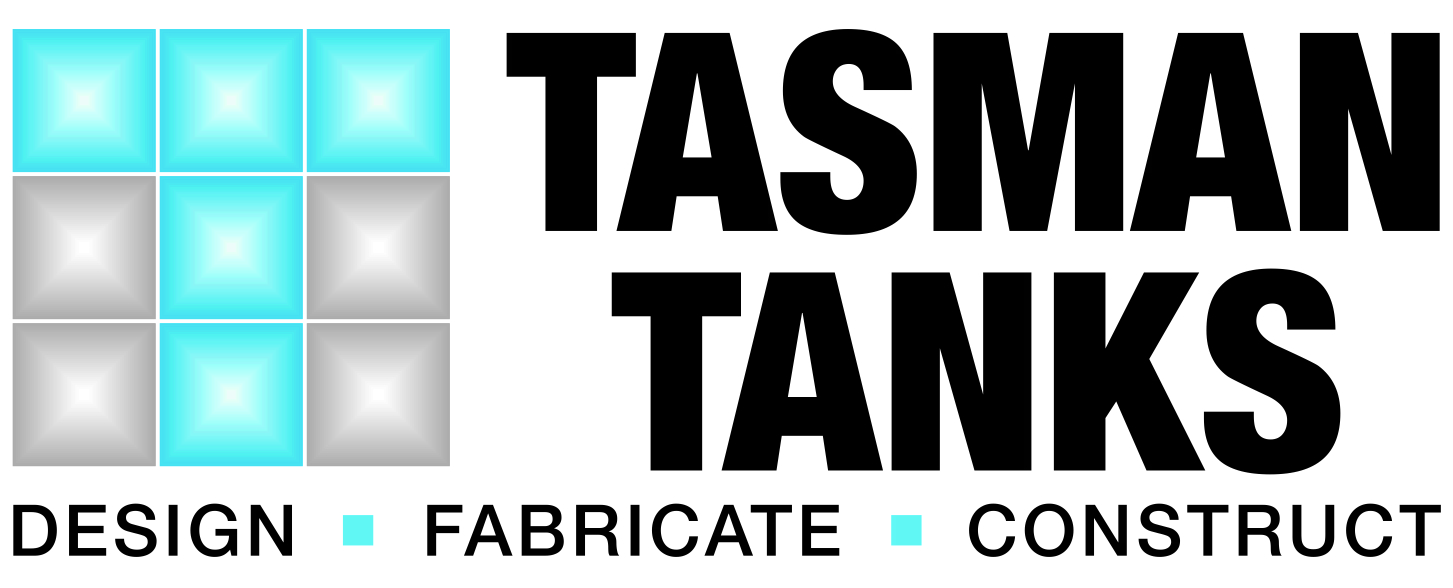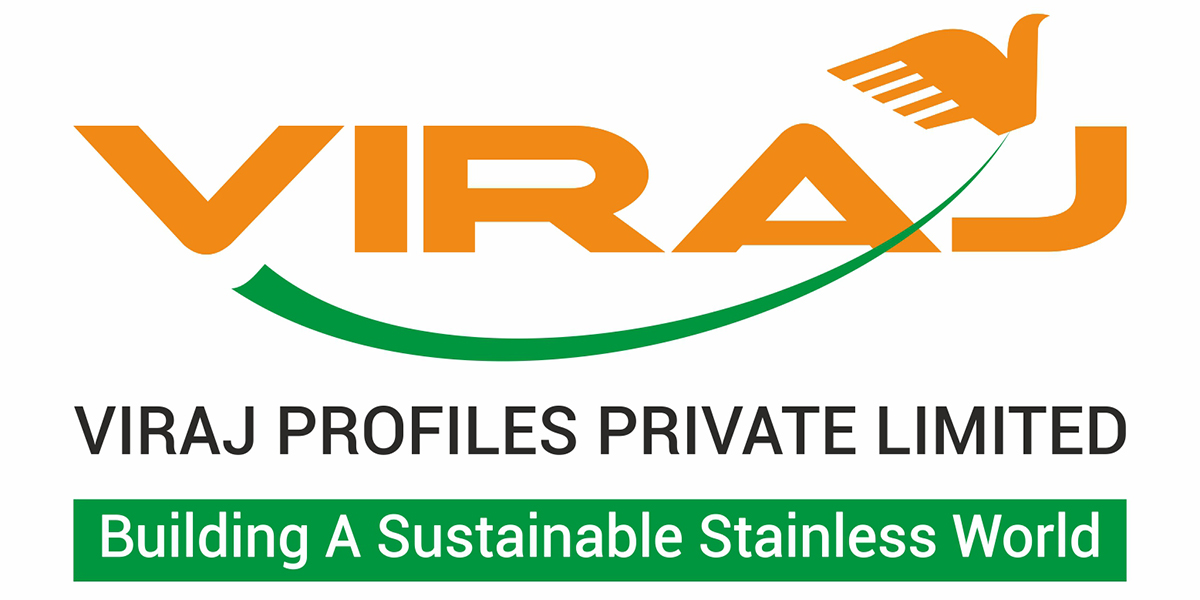Safe, Hygienic and of Little Concern to People with Nickel Sensitivity
Posted 31st July 1993
Over the past few years stainless steel cookware has undergone scrutiny to determine its safety as a product for use by people with nickel contact dermatitis and it has been shown to have no ill effect.
Early in 1993 Mr G. Norman Flint visited Australia and described current thinking in Europe concerning the use of stainless steel cookware by nickel sensitised people. Mr Flint is a consultant to the Nickel Development Institute based in the United Kingdom and is responsible for presenting nickel's case in regulatory developments of the European Community.
Mr Flint held meetings attended by manufacturers and health workers and presented conclusions of recent research indicating that pick-up of nickel from stainless steel utensils in domestic cooking operations was of no significance in relation to the naturally occurring level of nickel in the uncooked food. This effectively deems the cookware safe for use by sensitised people.
About 10-15% of women and 1 -2% of men are sensitised to nickel and, on close and prolonged skin contact with nickel, some nickel alloys and solutions of nickel salts, suffer from nickel contact dermatitis. Sensitisation requires a significant initial exposure to nickel such as can occur following the insertion of nickel plated earrings after ear piercing when corrosion of the nickel plating may expose the damaged skin to soluble nickel compounds during healing (which explains the higher rate for women).
The incidence of sensitisation has led to a ban on the use of nickel plated "keepers" in Sweden and a proposal for regulations in the European Community to ban nickel containing studs and earrings from the piercing procedure. The proposal also seeks to restrict the release of nickel from alloys used in articles in close and prolonged contact with the skin such as necklaces, bracelets, watch straps etc. to ~0.5J.lg Ni/cm2/week and in coated products to the same amount for a period of three years.
Mr Flint explained that some food stuffs are considerably higher in nickel than others and that avoiding these foods can greatly reduce the intake of nickel for sensitised people. In the light of some reports that dermatologists were concerned that food cooked in stainless steel vessels could exacerbate dermatitis in some cases of nickel sensitisation, research has been undertaken at Bonn University and the BNF/ Fulmer Research Laboratory over the past two years. The research used natural foodstuffs (particularly those high in oxalic acid and salt and likely to create an environment where nickel corrosion from the steel might occur during preparation) and concluded that pick-up of nickel from stainless steel utensils in domestic cooking operations was of no significance in relation to the naturally occurring level of nickel in the uncooked food.
Mr Flint concluded that although in some cases nickel contact dermatitis may be exacerbated by a high nickel diet, many dermatologists in Europe believe that the nickel consumed must exceed about five times that of the average daily diet before any significant effect is observed. Cooking in stainless steel cook-ware will not produce a significant increase in the amount of nickel consumed over that which exists in the food already.
- The average daily intake of nickel is around 200 micrograms (from 2kg of food) per day in the United Kingdom.
- Cocoa, cashew nuts, soya beans and oat flakes have nickel contents well above average (cashew nuts have 50 times the average).
- Nickel Development Institute sponsored tests revealed:
a) nickel pick-up, even in the most extreme case (rhubarb in a new utensil) is not significant.
b) pick-up diminishes rapidly below detectable levels with repeated use of any utensil.
This article feature in Australian Stainless magazine - Issue 1, July 1993.















